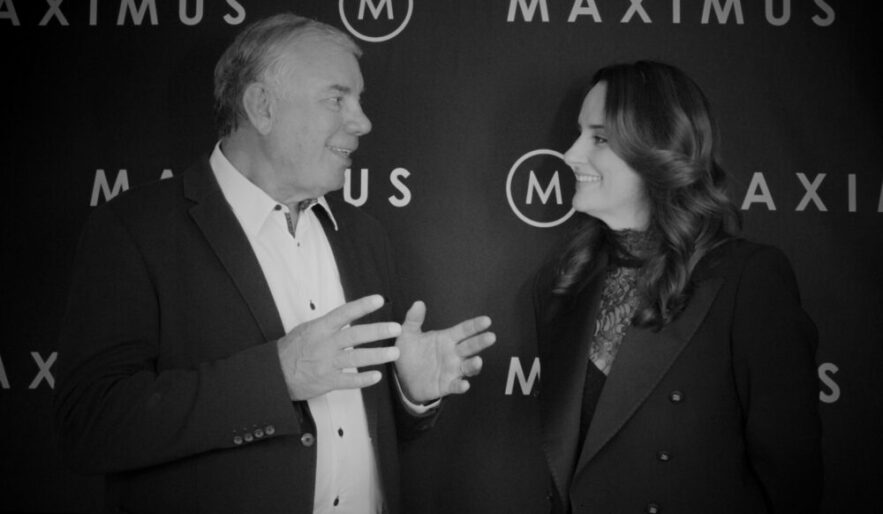The concept of diversity and inclusion (D&I) has been around since the 60s and it’s excellent to see how it has matured.
Some organisations are extending diversity beyond gender and culture into ways of thinking, risk profiles and leadership styles. Others are building a diversity profile that more clearly reflects that of their communities, using it to inform product development and improve customer relationships.
There are now plenty of studies, statistics and reports about the impact of diversity. However, there’s a lot less evidence for how inclusion improves innovation, productivity, retention and governance. Yet the two go hand in hand.
This disconnect owes a lot to the usual diversity approach of workshops and targets, speeches and training programs. These one-off initiatives are not enough – there also needs to be an inclusive workplace.
Inclusion means every employee feels empowered to offer their opinion without fearing a negative response. The workplace should also feel collaborative and supportive, and colleagues should understand and respect differences. To reach that state, there must be organisation-wide behaviour change.
Clearly, inclusion is not a quick fix. You can’t just tick a box: you have to make the box first. As a leader, it’s your job to provide the tools.
WHY LEADERSHIP OFTEN FAILS D&I
The ability of a leader to create an inclusive culture is the most important factor for sustainable D&I that shifts an organisation from surviving to thriving. Without inclusion, diversity is unsustainable, because it will never deliver its promise and will fail.
Despite this, leaders are often reluctant to talk about inclusion. Often, it’s not top of mind because it hasn’t affected them personally. CEOs who are most likely to champion inclusion are those who have struggled with bias and exclusion on their way up the ladder.
Even leaders who want to lead an inclusive workplace can be paralysed, afraid of offending someone or appearing ignorant. Yet, it is better to acknowledge D&I and the associated issues than to say nothing and ignore it. Employees who struggle with belonging appreciate hearing that the problem is acknowledged, even if no action is underway yet.
The other issue for some CEOs is that addressing inclusion means being open and honest about problems in their business, which they interpret as personal failure.
Having said this, I’ve noticed a shift recently among my leadership development clients. There are more requests for programs that help with aligning the entire business strategy and culture with D&I. To me, this is a sign that more inclusive work environments are on the rise.
5 WAYS TO BE AN INCLUSIVE LEADER
1. Embed D&I principles
Ad hoc activities must be replaced by a strategic approach. The foundations of an inclusive culture are trust, curiosity and care, so embed these into every process, system and strategy, including the overall business strategy.
2. Make all leaders accountable
In a disruptive world, middle managers bear the brunt of implementing change strategies and dealing with employee fall-out.
Share the burden and underline the importance of D&I by building associated performance metrics into incentives and rewards for every executive and manager, not just a few.
3. Connect with people
Statistics won’t alter people’s behaviour: they need to be inspired to change. D&I can be confronting, because it uncovers biases and challenges personal beliefs. CEOs must lead the way.
By exploring and sharing their own strengths and weaknesses, they are giving others the courage to do the same.
4. Don’t get complacent
It’s easy to look back at a successful D&I program and think enough has been done. However, even the most inclusive work environment is vulnerable, because D&I is about people, and people come and go all the time. To prevent complacency, continually reinforce the economic and emotional case for inclusion and regularly review and revisit the associated programs.
5. Learn from others
Drawing on the experiences of other organisations can be invaluable. At Telstra, all roles are open to flexible working. Allianz is building an organisation that more closely reflects its client base.
Transport for NSW has undergone system-wide change, leading to a massive cultural shift. And there are many other local and international examples that other businesses can learn from.
This article was originally published for CEO Magazine








